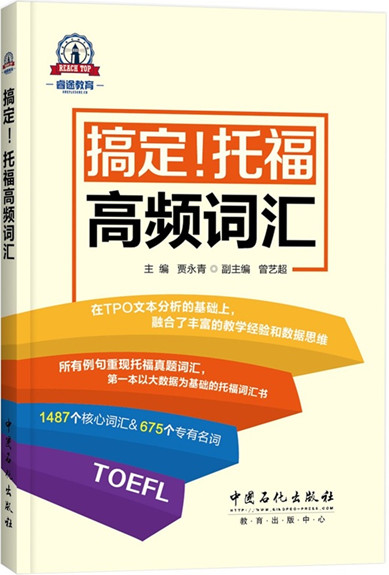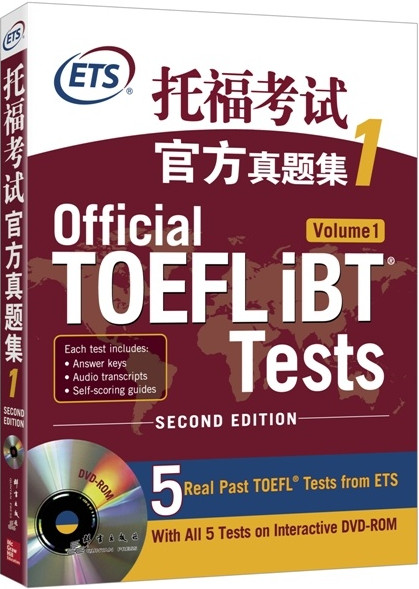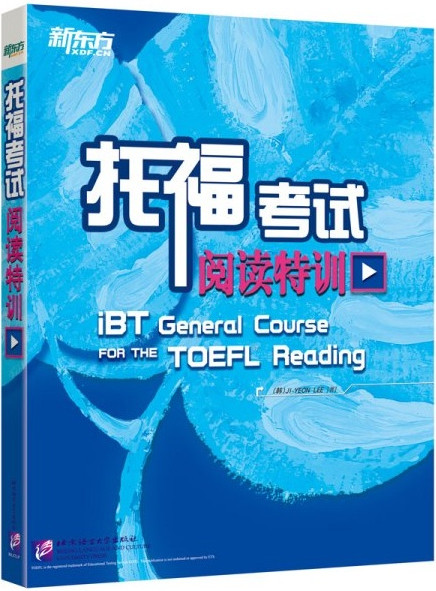2016áõëÅ¡È¢¥å¢¥—áÈMÆ(x´Çn)ƒ¥¯ÇÞ¯¡2
ÀÀÀÀThe mineral particles found in soil range in size from microscopic clay particles to large boulders. The most abundant particles Àˆ sand, silt, and clay Àˆ are the focus of examination in studies of soil texture. Texture is the term used to describe the composite sizes of particles in a soil sample, typically several representative handfuls.
ÀÀÀÀTo measure soil texture, the sand, silt, and clay particles are sorted out by size and weight. The weights of each size are then expressed as a percentage of the sample weight. In the field, soil texture can be estimated by extracting a handful of soil and squeezing the damp soil into three basic shapes; (1) cast, a lump formed by squeezing a sample in a clenched fist; (2) thread, a pencil shape formed by rolling soil between the palms; and (3) ribbon, a flatfish shape formed by squeezing a small sample between the thumb and index finger. The behavioral characteristics of the soil when molded into each of these shapes, if they can be formed at all, provide the basis for a general textural classification. The behavior of the soil in the hand test is determined by the amount of clay in the sample. Clay particles are highly cohesive, and when dampened, behave as a plastic. Therefore the higher the clay content in a sample, the more refined and durable the shapes into which it can be molded.
ÀÀÀÀAnother method of determining soil texture involves the use of devices called sediment sieves, screens built with a specified mesh size. When the soil is filtered through a group of sieves, each with a different mesh size, the particles become grouped in corresponding size categories. Each category can be weighed to make a textural determination. Although sieves work well for silt, sand, and larger particles, they are not appropriate for clay particles. Clay is far too small to sieve accurately; therefore, in soils with a high proportion of clay, the fine particles are measured on the basis of their settling velocity when suspended in water. Since clays settle so slowly, they are easily segregated from sand and silt. The water can be drawn off and evaporated, leaving a residue of clay, which can be weighed.
ÀÀÀÀ1. What does the passage mainly discuss?
ÀÀÀÀ(A) Characteristics of high quality soil
ÀÀÀÀ(B) Particles typically found in most soils
ÀÀÀÀ(C) How a high clay content affects the texture of soil
ÀÀÀÀ(D) Ways to determine the texture of soil
ÀÀÀÀ2. The author mentions "several representative handfuls" in line 4 in order to show
ÀÀÀÀ(A) the range of soil samples
ÀÀÀÀ(B) the process by which soil is weighed
ÀÀÀÀ(C) the requirements for an adequate soil sample
ÀÀÀÀ(D) how small soil particles are weighted
ÀÀÀÀ3. The phrase "sorted out" in line 5 is closest in meaning to
ÀÀÀÀ(A) mixed
ÀÀÀÀ(B) replaced
ÀÀÀÀ(C) carried
ÀÀÀÀ(D) separated
ÀÀÀÀ4. It can be inferred that the names of the three basic shapes mentioned in paragraph 2 reflect
ÀÀÀÀ(A) the way the soil is extracted
ÀÀÀÀ(B) the results of squeezing the soil
ÀÀÀÀ(C) the need to check more than one handful
ÀÀÀÀ(D) the difficulty of forming different shapes
ÀÀÀÀ5. The word "dampened" in line 14 is closest in meaning to
ÀÀÀÀ(A) damaged
ÀÀÀÀ(B) stretched
ÀÀÀÀ(C) moistened
ÀÀÀÀ(D) examined
ÀÀÀÀ6. Which of the following can be inferred from the passage about a soil sample with little or no clay in it?
ÀÀÀÀ(A) It is not very heavy.
ÀÀÀÀ(B) It may not hold its shape when molded.
ÀÀÀÀ(C) Its shape is durable
ÀÀÀÀ(D) Its texture cannot be classified
ÀÀÀÀ7. The word "they" in line 21 refers to
ÀÀÀÀ(A) categories
ÀÀÀÀ(B) sieves ¤YæÆ
ÀÀÀÀ(C) larger particles
ÀÀÀÀ(D) clay particles ŸwêÈ
ÀÀÀÀ8. It can be inferred from the passage that the sediment sieve has an advantage over the hand test in determining soil texture because
ÀÀÀÀ(A) using the sieve takes less time
ÀÀÀÀ(B) the sieve can measure clay
ÀÀÀÀ(C) less training is required to use the sieve
ÀÀÀÀ(D) the sieve allows for a more exact measure
ÀÀÀÀ9. During the procedure described in paragraph 3, when clay particles are placed into water they
ÀÀÀÀ(A) stick to the sides of the water container
ÀÀÀÀ(B) take some time to sink to the bottom
ÀÀÀÀ(C) separate into different sizes
ÀÀÀÀ(D) dissolve quickly
ÀÀÀÀ10. The word "fine" in line 24 is closest in meaning to
ÀÀÀÀ(A) tiny ŸwêÈöÂÅÀçá
ÀÀÀÀ(B) many
ÀÀÀÀ(C) excellent
ÀÀÀÀ(D) various
ÀÀÀÀ11. All of the following words are defined in the passage EXCEPT
ÀÀÀÀ(A) texture (line 3)
ÀÀÀÀ(B) ribbon (line 10)
ÀÀÀÀ(C) sediment sieves (line 18)
ÀÀÀÀ(D) evaporated (line 25)
ÀÀÀÀDADBC BBDBA D
ÀÀÀÀå~ Rîa(b´°)°ðȤ
ÀÀÀÀambidextrous èòøÑ¥èóÆûçá
ÀÀÀÀameliorate ¡áèó
ÀÀÀÀamethyst æüƒÏ
ÀÀÀÀamin acid ¯Ý¢ÁùÃ
ÀÀÀÀammonia ¯Ý
ÀÀÀÀan array of ǵê¢çá
ÀÀÀÀanatomy §ãóò
ÀÀÀÀanchor Í^
ÀÀÀÀancillary ¡§ìçá
ÀÀÀÀangiotensin ¡ÔùÄ
ÀÀÀÀannex ýÂëä
ÀÀÀÀapothecary ùˋ
ÀÀÀÀappeal ö■Ø»êÎ
ÀÀÀÀapply ë¢
ÀÀÀÀappreciableüÁÛ(d´Àng)¢èÆ^çá
ÀÀÀÀarboreal ¨ÆÖðáƒçá
ÀÀÀÀarcade ¿¯Åö§´ø±öÿ
ÀÀÀÀarduous óD¢Áçá
µ¢¥ø¡áü
¢¥å¤§Õ¢¥åà(n´´i)àïµû«°äÅ·¢¥årÕgÇÞŸ}Æñø¢¥å°è¢åuñøù(bi´Ào)ò(zh´°n)¢¥åê¼°äòíìM(f´´i)ù(bi´Ào)ò(zh´°n) §äýáǵƒV਽¢¥■c(di´Èn)éÁÆ(x´Çn)ñ§¯¡
ƒïëóù]
- áÈMåŸ}
- váõíÌŸ}





